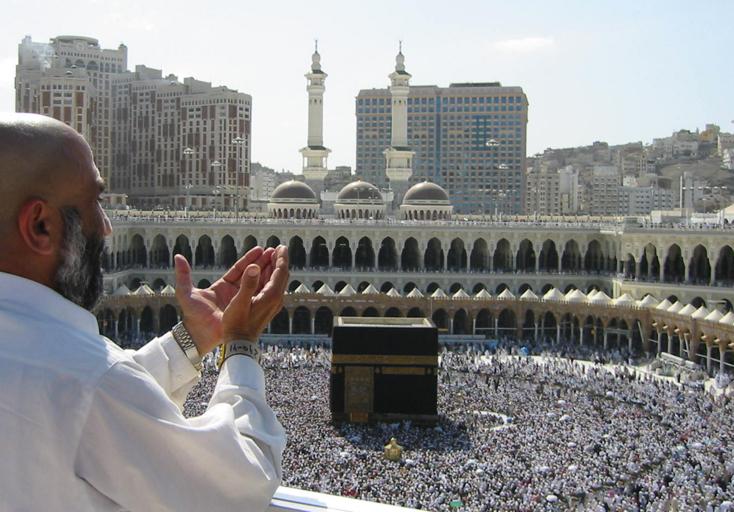Typically, when scientists warn about the effects of climate change, they point to the devastation of coastal flooding, but a study published in the journal Nature Climate Change suggests that Persian Gulf countries will have to endure extreme weather episodes with heat unbearable to humans (see study, subscription required).
The researchers, Elfatih Eltahir, a professor of civil and environmental engineering at MIT, and Jeremy Pal at Loyola Marymount University, warn that by the end of the century at least five of the region’s biggest cities could see summer days when heat and humidity are so high that even the healthiest people can't survive long outdoors.
"Our results expose a specific regional hotspot where climate change, in the absence of significant [carbon cuts], is likely to severely impact human habitability in the future,” said Pal and Eltahir.
The extreme heat waves will affect Abu Dhabi, Dubai, Doha and coastal cities in Iran; more intense than anything ever experienced before, they will hit around 2070, and the hottest days of today would by then be a near-daily occurrence (see MIT press release).
Out of the frying pan...
On high-resolution climate models — without significant mitigation — these future conditions would occur several times over a 30-year period toward the end of the century.
On the most extreme days, anyone venturing outdoors could experience a heat and humidity combo so high that the human body can't shed the excess heat by perspiring.
Even shaded and well-ventilated spaces could be deadly, and Eltahir says this “has, as far as we know … never been reported for any location on Earth.”
Locating this climate tipping point involved using a measurement called the “wet-bulb temperature” that combines temperature and humidity. It shows that the limits of the human body without artificial cooling can be breached after more than six unprotected hours at 35 degrees Celsius.
Early warning
The limit was actually tested this summer, at the end of an extreme, week-long heat wave in the region. On July 31, the wet-bulb temperature in Bandahr Mashrahr, Iran, hit 34.6C but fortunately lasted for less than an hour.
The Persian Gulf region is especially vulnerable, the researchers say, because of a combination of low elevations, clear sky, and the shallowness of the Persian Gulf itself, which produces high water temperatures that lead to strong evaporation and very high humidity.

Even though the other side of the Arabian Peninsula, adjacent to the Red Sea, would see less extreme heat, projections show that dangerous wet-bulb temperatures of 32 to 34 C are also likely there. This is a particular concern because during the annual Hajj, or annual Islamic pilgrimage to Mecca, as many as 2 million pilgrims take part in rituals that include standing outdoors for a full day of prayer.
While the Gulf’s wealthier states might be able to adapt to the new normal by throwing up another air-conditioned shopping mall, poorer countries, like Yemen, could be devastated.


